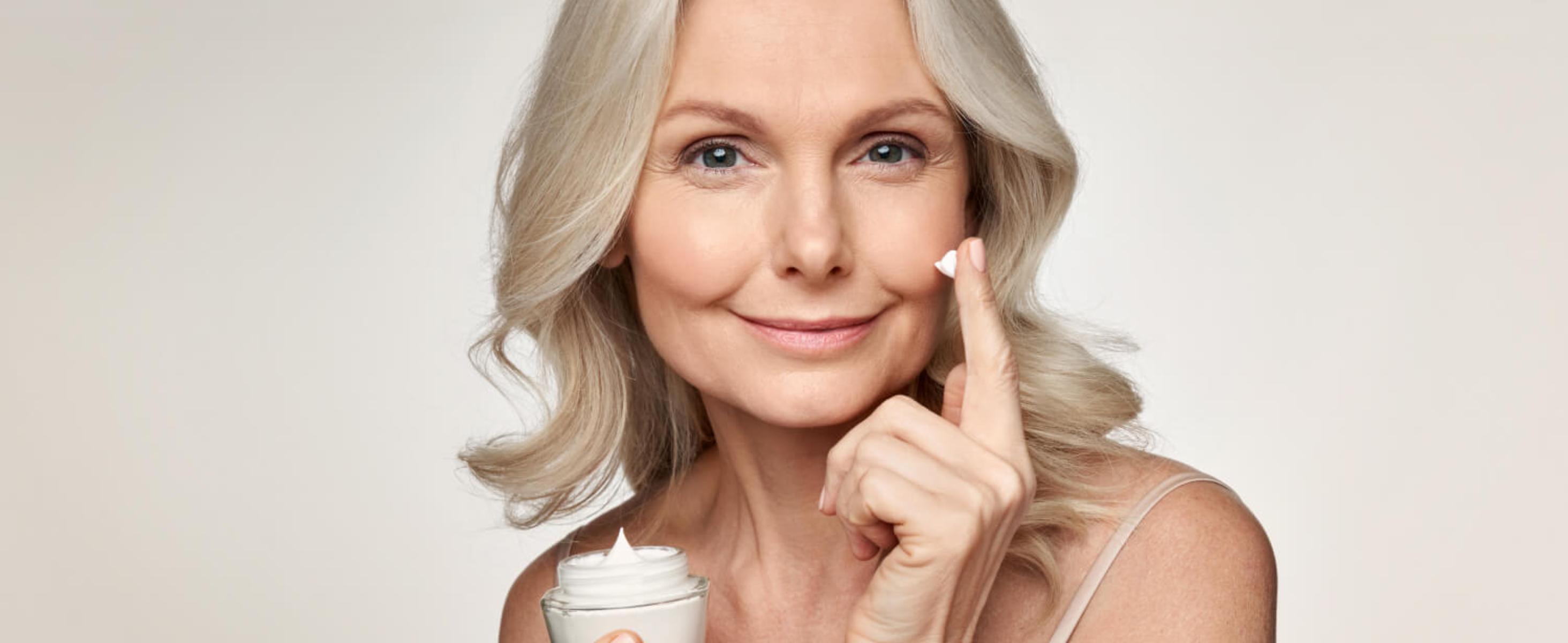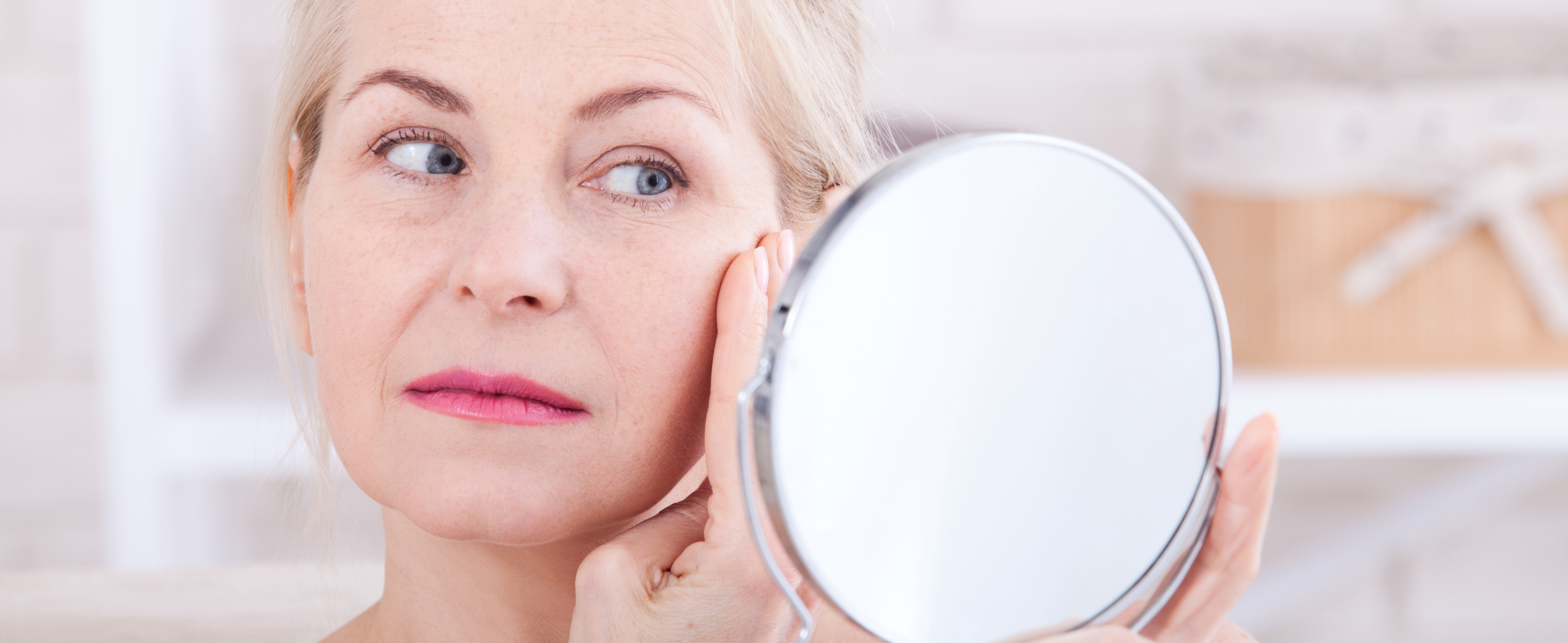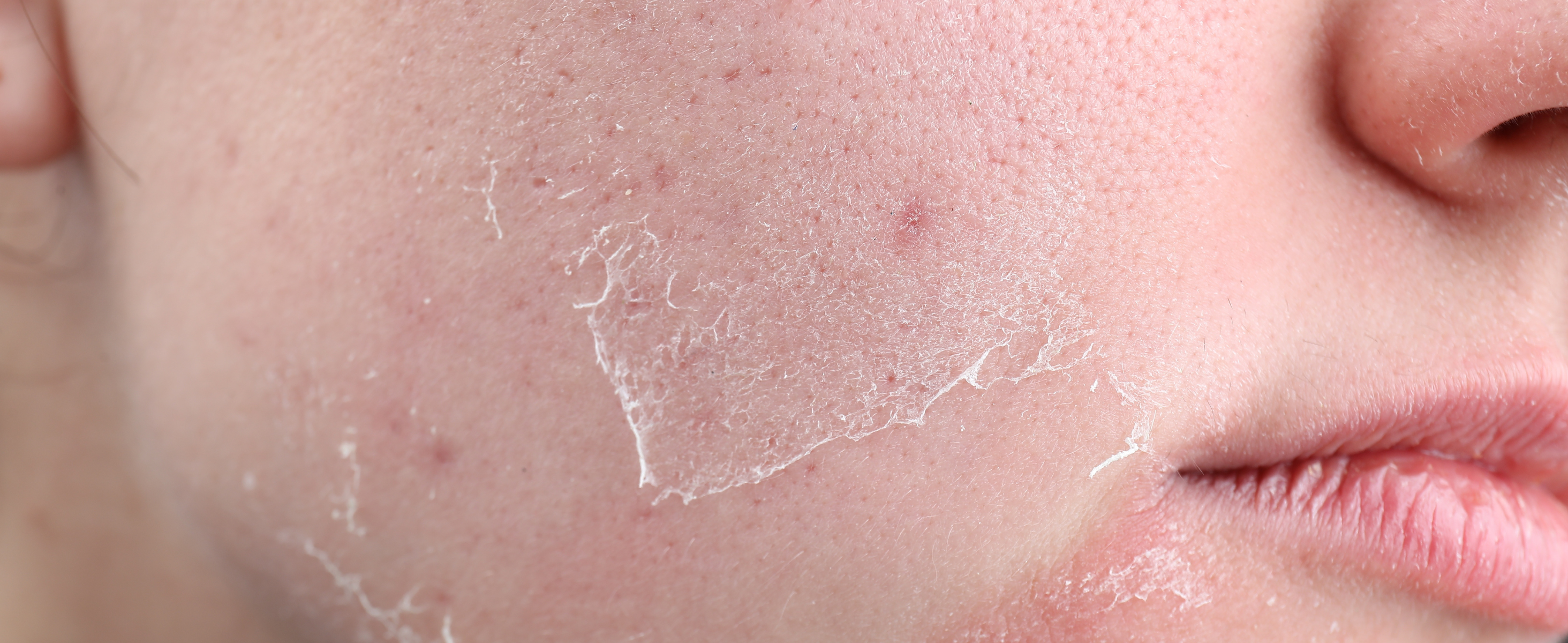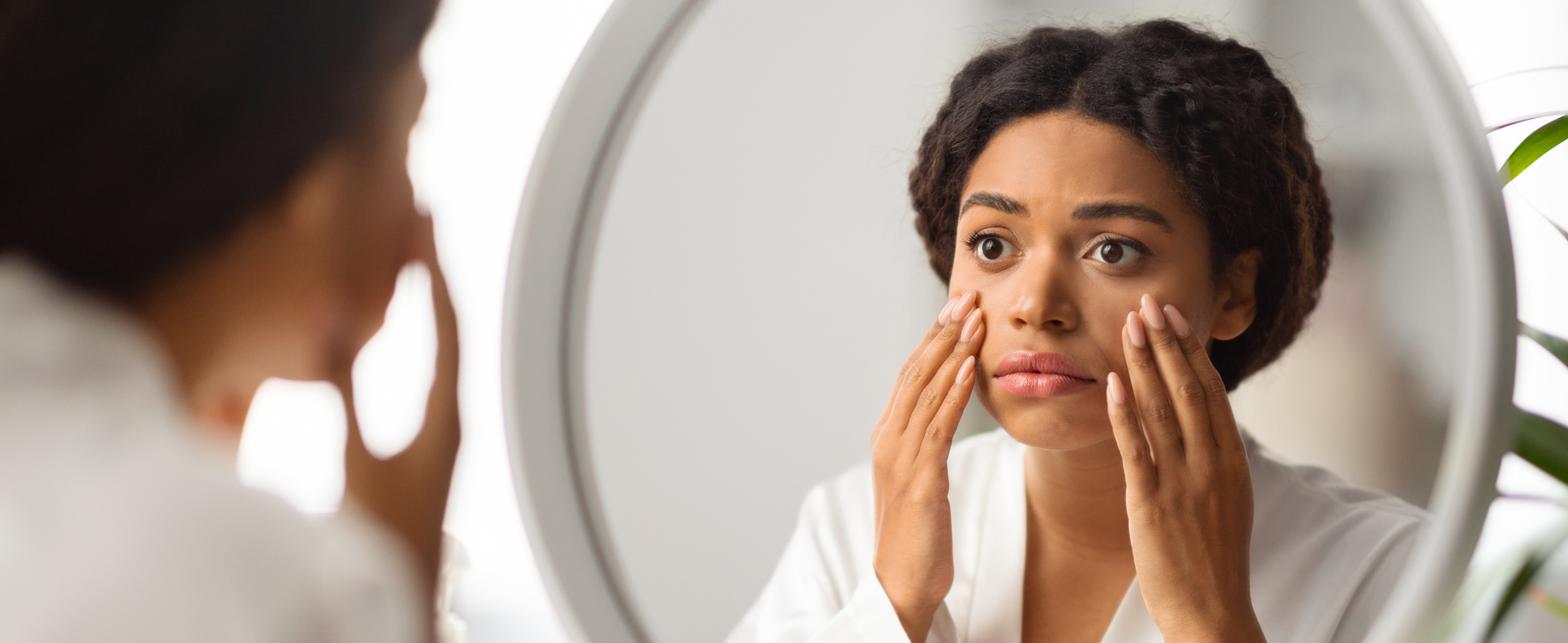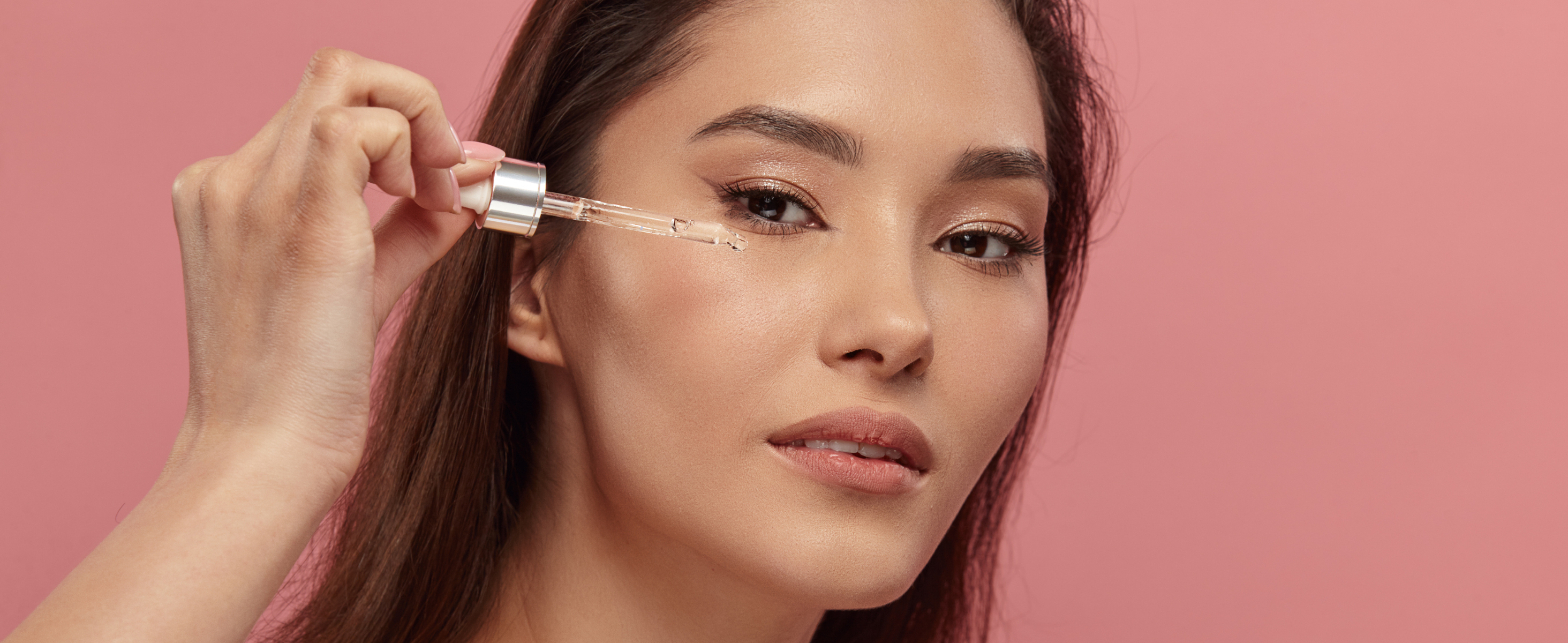As you enter your 40s, you may begin to notice subtle but significant changes in your skin. This is a pivotal decade for your skin, much like your 20s and 30s, where the effects of time become more apparent. Your skin may not have the same youthful glow it once did, as collagen and elastin production naturally slows down. While the visible signs of aging can vary, some common issues arise in your 40s. These may include the appearance of sun spots, a decline in elasticity, and a loss of radiance, even with the best skincare regimen. But don’t worry — understanding these changes can help you maintain healthy, glowing skin as you age.
Key Skin Changes in Your 40s
Hydration and Dryness
As you approach your 40s, you may notice your skin becoming drier. This is often due to hormonal changes, particularly the onset of menopause. These changes can affect your skin’s ability to retain moisture, making it more prone to dehydration and irritation. To combat this, it’s crucial to find the right moisturizer that matches your skin type and include it in your daily routine. This will help strengthen your skin’s barrier and maintain a healthy moisture balance.
Sun Exposure and Hyperpigmentation
If you've spent years enjoying sunny days, you may have accumulated some sun damage. Sun exposure over time is a major cause of uneven skin tone, discoloration, and the appearance of age spots. The effects of cumulative UV exposure can be seen in the form of dark spots, fine lines, and a more dull complexion. To counteract these effects, daily sunscreen use is essential. Make sure your sunscreen offers broad-spectrum protection and is suited to your skin’s needs.
Life Events and Environmental Stressors
Your 40s come with a unique blend of experiences — career changes, family milestones, and the occasional stressful situation. These life events, combined with environmental stressors like pollution and seasonal changes, can take a toll on your skin. Sleep deprivation, stress, and shifting routines may cause your skin to appear more fatigued or dull. Integrating stress management practices like meditation, yoga, or regular exercise can help not only your mental health but also promote glowing skin.
While these skin changes are natural, you don’t have to accept them passively. There are several steps you can take to care for your skin and maintain its vitality.
How to Take Care of Your Skin in Your 40s
If you’ve already established a skincare routine, that’s a great start! But as your skin changes, you may need to tweak your approach. Below are key skincare tips for keeping your skin healthy and youthful in your 40s.
1. Cleansing: A Must-Have Step
The foundation of every great skincare routine is cleansing. You might already have a favorite cleanser, but as you age, consider incorporating an oil-based cleanser into your routine. Oil cleansers gently remove impurities, makeup, and sunscreen without stripping the skin of its natural moisture. This helps prevent further dryness and irritation, especially as your skin’s needs evolve with age.
2. The Power of Serums
In your 40s, serums become even more essential. These lightweight, concentrated formulas contain potent ingredients that address specific skin concerns. In your 20s, you may have focused on hydration, and in your 30s, protection — but now, your skin needs rejuvenation.
For your AM routine, start with a vitamin C serum. Vitamin C helps brighten and revitalize the skin, giving you a radiant glow and helping combat environmental damage. At night, incorporate a retinol serum into your skincare. Retinol promotes skin cell turnover, minimizing the appearance of fine lines and wrinkles, and enhances overall skin texture, so you can wake up with a smooth, refreshed complexion.
3. Lock in Hydration
Hydration is a key factor in maintaining youthful, plump skin. As you age, glycation — a process where sugar molecules bind to collagen and elastin — can lead to sagging skin. To combat this, focus on using moisturizers with ingredients like carnosine. Carnosine helps fight glycation and protect the skin from signs of aging. For your daytime routine, opt for a cream that hydrates and provides anti-aging benefits. At night, choose a moisturizer with antioxidants like melatonin, which aids in skin repair and rejuvenation.
>>> Best Hydrating Face Cream: Abera Belani Retinol
4. Sunscreen Is Non-Negotiable
Protecting your skin from the sun’s harmful rays is perhaps the most important step in any skincare routine. By your 40s, you may notice the effects of cumulative sun exposure, such as fine lines, wrinkles, and sun spots. A sunscreen with SPF 30 or higher, offering both UVA and UVB protection, is essential for preventing further sun damage. Look for sunscreens that provide additional photoaging defense and help repair existing sun damage.
5. Lifestyle Choices Matter
Healthy habits outside of your skincare routine can significantly impact your skin’s appearance. Adequate sleep, a balanced diet, and regular exercise are important for overall skin health. Aim for 7-8 hours of sleep each night, prioritize antioxidant-rich foods like fruits and vegetables, and incorporate exercise into your daily routine to improve circulation and keep your skin glowing.
Make Skin Care a Lifestyle
Your 40s are a time for embracing self-care and adopting a holistic approach to skincare. Along with your tailored skincare routine, remember that lifestyle choices like stress management, diet, and exercise play a major role in maintaining healthy skin. By adapting your skincare to meet your skin’s evolving needs and practicing good habits, you can enjoy youthful, radiant skin for years to come.
As you navigate this exciting chapter of life, remember that your skin’s journey is a reflection of your unique story. Embrace it, and let your inner glow shine through!

